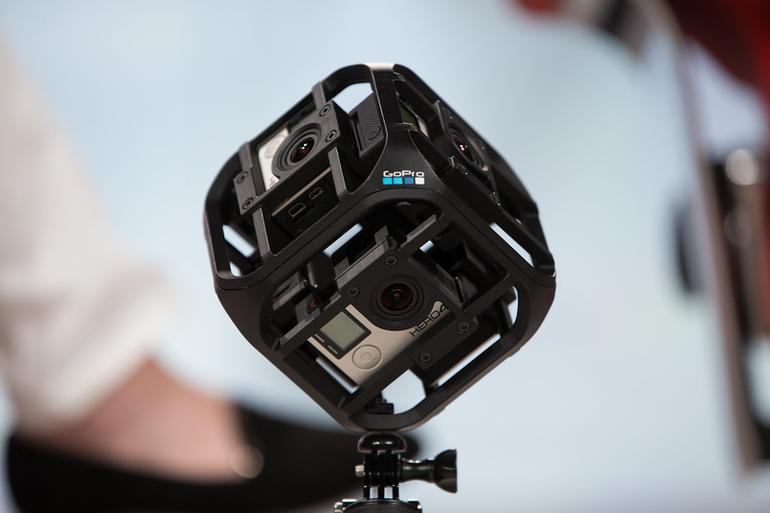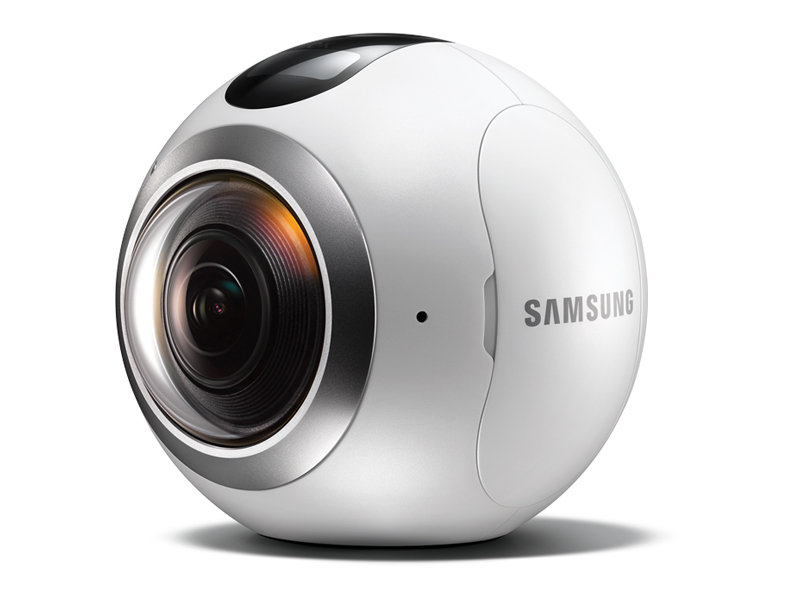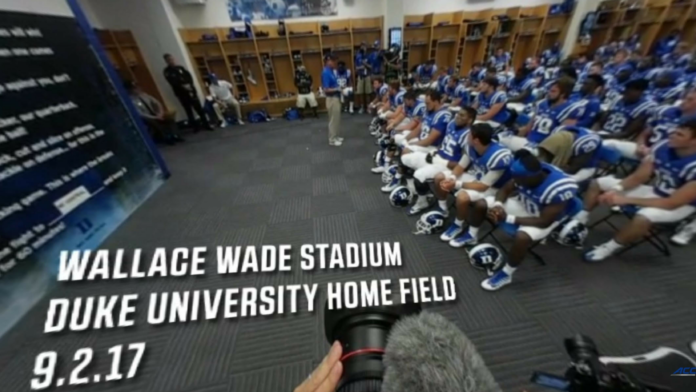Live streaming VR is coming to consumers in 2018, with some solutions already out in the wild. Live streaming your workout, or your outdoor adventure, is like that first taste of VR. Take a few moments to browse some of the 360 degree content on YouTube, then add six degrees of freedom like Next VR is planning, and you start to see the appeal. Mobile VR is at such an inexpensive entry point that streamers and content creators have begun experimenting with this new form of entertainment.
But, does it make sense to stream a workout? Can we, as audience members, learn anything? Let’s first look at the existing world of 360 streaming, then we’ll dive into what this means for the future and how you can get in on the action.
Brief Overview
There’s a lot to cover about the basics of streaming, so to sum up: you need a powerful CPU and an excellent GPU to capture and output the resolution you want. At least when you’re tethered to a PC. On mobile, you have more than a few options this year with Google’s Mirage system and its built in cameras, as well as the existing 180 degree camera the company already sells for its own brand of VR. That lowers the cost of streaming devices, but somewhat limits what you can do as a streamer.
If you want to watch, strap on a mobile headset and head over to YouTube. YouTube is a great place to start, with lots of 360 videos designed for mobile headsets. The Oculus Store also has the Fox Sports VR app, which offers some 360 footage from recent sports games.
Getting Started
That’s why you should begin your journey into VR content by asking yourself what your plans are long term. Are you trying to create fitness videos that show off form? Are you looking to create intriguing and engaging content that utilizes fitness (like a game show or an obstacle course)?
Your usage will affect most of the equipment you own. If you plan to do truly outdoors adventure videos, then you’ll almost certainly want an action cam capable of capturing footage under harsh conditions.
What’s Coming and What’s Here

GoPro’s Omni pack (around $200 or so) aims to be the goto device for that purpose, but there are choices at different price points. Nikon’s Key Mission 360 (around $400) and Garmin’s VIRB 360 (around $700) both offer stunning 4K video in full 360 degrees. With only small differences in quality, there are choices to make as a videographer enthusiast, but as a consumer you’ve got options.

If your aim is indoors, where viewers will be able to observe a workout or event in progress, then you might want something high definition that isn’t built as ruggedly. Fortunately, the Samsung Gear 360 is very moderately priced at under $100 as of writing, with more than a few options with similar functionality at a similar price point.
Your Rig
8K is coming, and 4K is essentially here. If you’ve got the power, why not output at 4K resolution? But that’s the trick, isn’t it?
Not everyone has a VR capable PC that can also output in 4K. Whether you invest in a better rig depends greatly on whether you’re a professional streamer who wants to grow an audience in VR.
Most who have VR and want to give streaming a try probably have the capability to do so. See if streaming is for you, then look into investing in higher quality gear. It’s how most streamers approach the business anyway.
Given how many ways there are to get content on the internet, the price point for streaming is really any budget you set. If you’re looking at potential upgrades that will enhance the quality of your broadcast, consider a video switcher to capture multiple angles or allow viewers to switch between cameras. Better encoding software would also improve the quality of your stream, and the upload
Tips for Would Be Streamers
[youtube https://www.youtube.com/watch?v=qSGxnCUBoQU&w=560&h=315]
This is open territory, would-be streamers. It’s anyone’s ballgame so there aren’t a lot of “best practices” in terms of specifically 360 video content. We can learn a bit from existing experiences, and draw from what streamers are already doing to give you a basic guide to get started.
Test Test Test
Testing your stream before you go live allows you to work out silly kinks like camera placement and objects obscuring the action, while running through what the stream will look like. You can even record video of yourself and review it with friends and family to get some feedback before you go live.
Testing is absolutely essential once you’ve invested in something like a green screen or multiple cameras. You simply do not want to learn this technology on the fly, especially if you’re the only one running your stream.
Start Early
Starting early allows you to work out the kinks involved in broadcasting live. Small problems like stream downtime or the time it takes to load the software and hit “stream”, are easy to solve if you start early enough. It also gives you a chance to correct any major flaws you didn’t see, with feedback from the early bird attendees.
Consider the Ending
What happens when your broadcast stops? Odds are that all your viewers didn’t stay through the entire broadcast. Some dropped in and out, so try and connect them to a replay of your broadcast as soon as possible. YouTube and Twitch have this functionality, so use it to give those who joined at the end of the broadcast a reason to stay and watch.
Audience POV
360 cameras are still new technology. The Samsung 360 uses front and rear facing cameras, and it’s easy to think you’ve got the subject in full view when you actually don’t. Orient yourself and make sure your cameras are pointing where they should be. This is one reason to test early and often.
Also, bear in mind audience members can see everything around you. Including you, if you’re in front of or around a lens that’s capturing footage. Plan for that and make sure crew looks natural and isn’t interfering with the shot you want the audience to see.
Hardware Challenges
The Samsung Gear camera can overheat. It has holes to vent air, but it’s not ideal for shooting outdoors for this reason. You have to consider the limitations of your hardware when you’re trying to shoot outdoors and adventurous video.
More than One Camera
When we think about professionally produced content, there’s always more than one camera in play. 360 streaming can get expensive for this reason, which is why we recommend you try and sample some content creation first. To do this right, you’re going to want more than one angle with lots of options for your audience to interact. We also need the software to catch up. Right now, you have to force this kind of functionality and it’s not truly ideal. On YouTube, for instance, you need to change angles at set intervals. In the future, it might be possible for users to change angles at will.
Final Thoughts
[youtube https://www.youtube.com/watch?v=d0PZ1fXC5_4&w=560&h=315]
We look forward to seeing what our own readers, and the community at large come up with in terms of VR content. We think early entries in this space will be almost exclusively adventure style content that plays on the outdoorsy theme, but it’s not farfetched to imagine Ninja Warrior style game shows with full 360 views.
Next VR is also adding six degrees of freedom to its content, allowing VR users to truly step into the experience. If a consumer level of that kind of content were available, the possibilities become almost endless.











